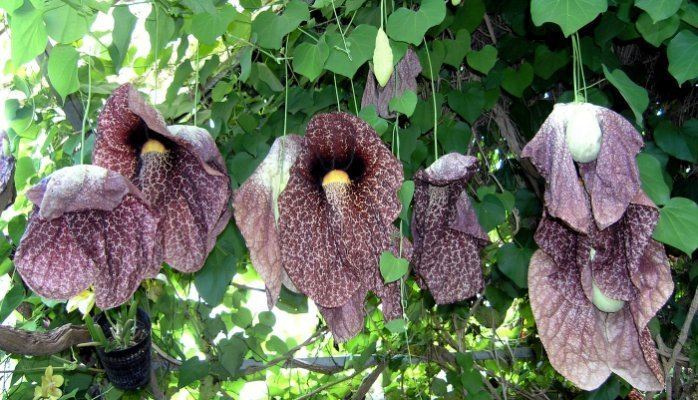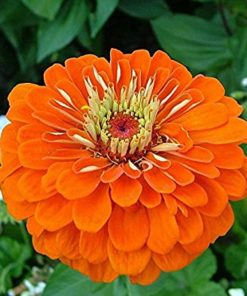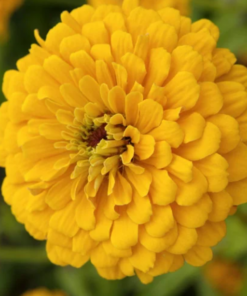Aristolochia Grandiflora Duck flower vine pack of 20 seeds
₹80.00
Out of stock
Email when stock available
Aristolochia Grandiflora flower produces enormous trumpet-shaped flowers, which smell of rotting meat and attract flies and wasps as its pollinators.
There are around 120 species of Aristolochia from the tropics and subtropics, most of which are woody vines or herbaceous perennials with heart-shaped leaves.
The extraordinary Aristolochia grandiflora, named in 1788 by Olof Swartz (1760-1818), has one of the largest flowers of any New World species and deserves its name ‘grandiflora‘ (large flower). Each trumpet-shaped flower lasts for two days. On the first day it is in the female phase, attracting flies by its foul smell, similar to that of rotting meat. The flies are trapped by the downward facing hairs in the pouch of the flower to ensure pollination. On the next day, the flower changes to male phase and pollen is deposited on the pollinators, the odour disappears, the hairs wither and the insects are released.
Aristolochia grandiflora is cultivated as an ornamental. This and other species of Aristolochia are also grown as food plants for tropical swallowtail butterflies. Extracts of the whole plant are used by traditional healers in Colombia to treat snake bites. It is also used as an antibiotic.
Aristolochia grandiflora is a large, herbaceous climber with stems reaching 10 m or more. The leaves are broadly cordate (heart-shaped), smooth or downy. The flowers are tubular, ending in a wide heart-shaped mouth 10-20 cm across, with the point extended into a long tail up to 60 cm long. The flower is white, veined with brownish purple, but darker in the throat. It opens at dawn and gives off a foul smell that attracts pollinators, mostly flies and hornets. The flowers close again at dusk
| Color | Bicolor |
|---|---|
| Growth Pattern | Trailing, Vine |
| Germination Level | Hard |
| Hybrid or Open Pollinated | Open Pollinated |
| Ideal location | Full sun |
| Origin Country | India |
Be the first to review “Aristolochia Grandiflora Duck flower vine pack of 20 seeds” Cancel reply
You must be logged in to post a review.
Related products
Summer Flower seeds
Gaillardia pulchella Double mix flower seeds 30 seeds Open Pollinated
Summer Flower seeds
Summer Flower seeds
Summer Flower seeds
Gerbera Jamesonii California Giants mixed Color pack of 10 seeds Imported














Reviews
There are no reviews yet.